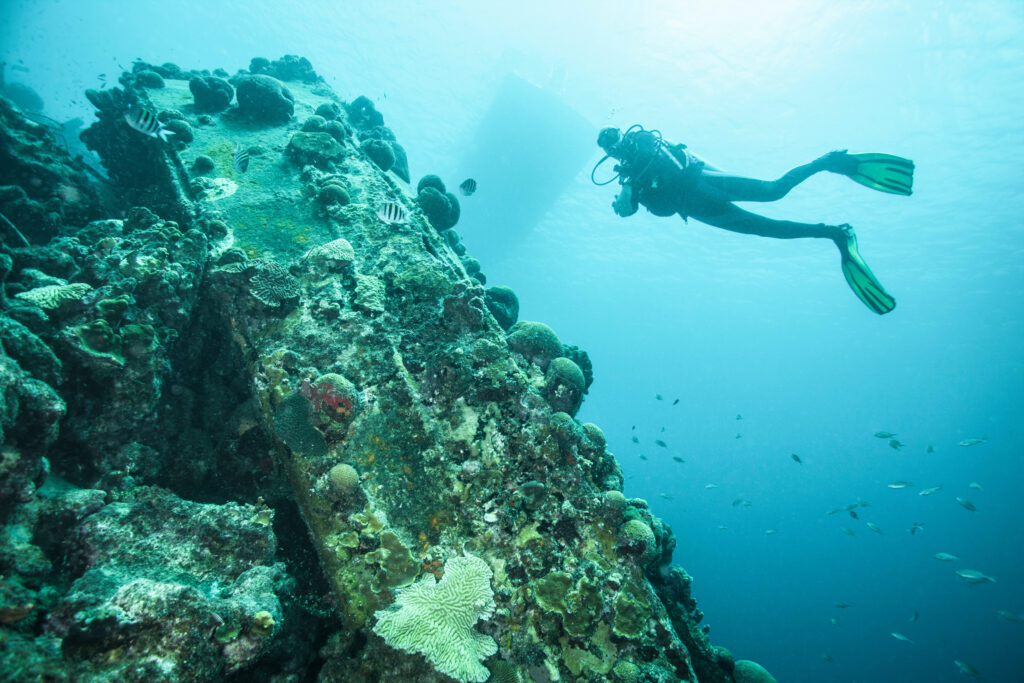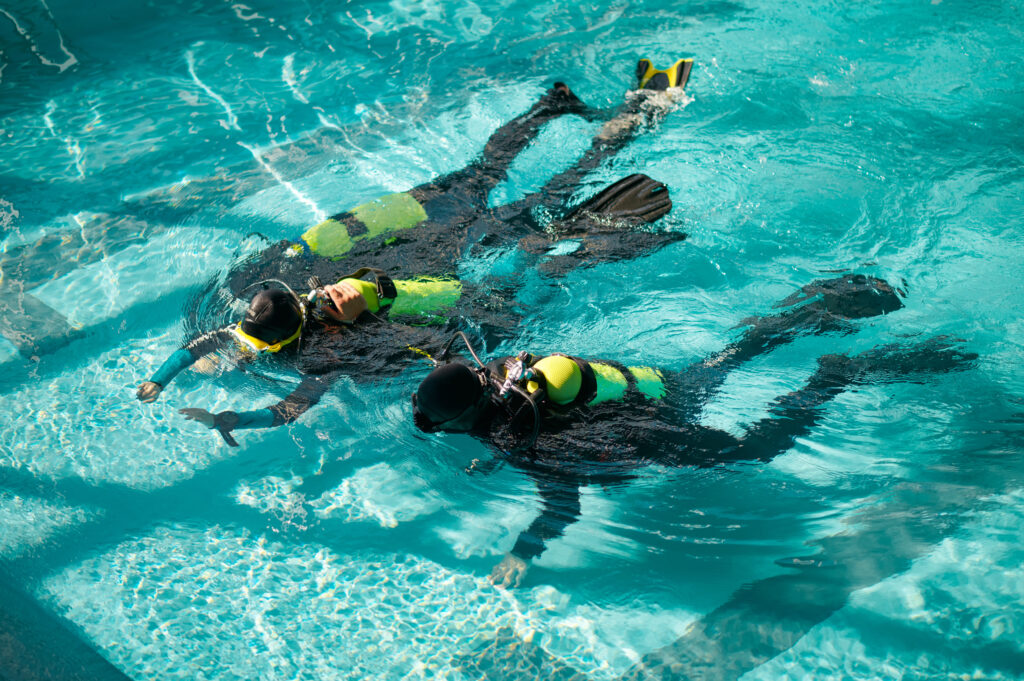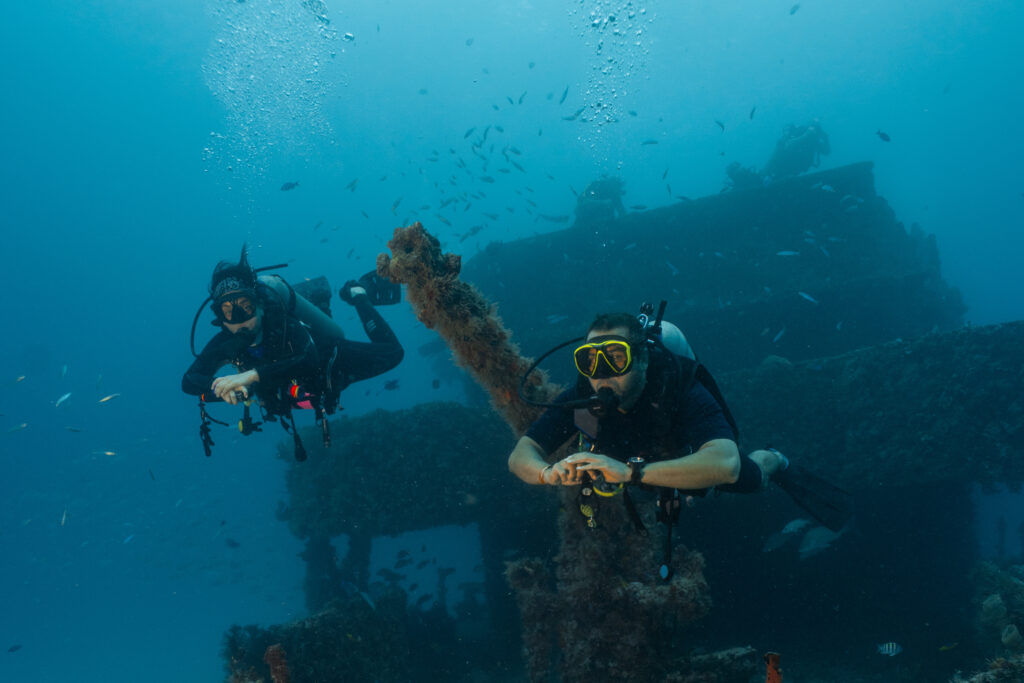What is a Gas Fraction?

In the context of scuba diving, a gas fraction refers to the proportion of each gas component within a breathing gas mixture. Understanding gas fractions is crucial for divers to ensure safe and efficient breathing under water. The significance of gas fractions cannot be overstated, as they directly influence dive planning, physiological effects on the body, and overall safety. By grasping the fundamentals of gas fractions, divers can make informed decisions that enhance their underwater experience while minimizing risks.
What is Ingassing?

Ingassing refers to the process by which gases dissolve into the body’s tissues and blood during scuba diving. This process is crucial to understand because it affects how divers must manage their time underwater and the ascent to the surface to avoid serious health risks. The term “ingassing” is often used in conjunction with its counterpart, “outgassing,” which describes the release of gases from the body. Both processes are central to diving physiology and safety, playing a vital role in dive planning and execution.
What is Narcosis?

Narcosis, often referred to as “the rapture of the deep,” is a condition that affects scuba divers when they descend to certain depths underwater. It is a state of altered consciousness caused by the pressure of breathing gases at depth. Understanding narcosis is crucial for divers to ensure their safety and well-being while underwater. This condition can impact a diver’s mental and physical capabilities, leading to potentially dangerous situations if not recognized and managed properly. As such, it is a topic of significant importance in the field of scuba diving, both for recreational and professional divers.
What is Nitrogen Narcosis?

Nitrogen narcosis, often referred to as “raptures of the deep,” is a condition that affects scuba divers at significant depths. This phenomenon is induced by the increased partial pressure of nitrogen in the body as divers descend, leading to a narcotic effect on the central nervous system. Recognized by divers and scientists alike, nitrogen narcosis can impair judgment, motor coordination, and overall cognitive function, making it a critical issue in deep-sea diving.
What function does Helium have in Scuba Diving?

Helium, a chemically inert and second lightest element in the universe, plays a significant role in the world of scuba diving, particularly in deep diving. Its unique properties provide divers with a safer breathing gas mixture that reduces the risk of nitrogen narcosis and decompression sickness. This entry explores the history, benefits, and applications of helium in scuba diving.
What is Off-Gassing?

Off-gassing, within the context of scuba diving, refers to the process by which dissolved gases, primarily nitrogen, are expelled from a diver’s body during ascent. This phenomenon is crucial for diver safety, particularly in avoiding decompression sickness, commonly known as “the bends.” Understanding off-gassing is essential for divers to manage their ascents properly and ensure that the nitrogen absorbed under pressure is released gradually and safely.
What is Hydreliox?

What is Hydreliox? Hydreliox is a specialized breathing gas mixture composed of hydrogen, helium, and oxygen. It is primarily used in the field of deep-sea diving to enable divers to reach extreme depths that would otherwise be unmanageable with conventional air or other gas mixtures. Hydreliox has become crucial in extending the operational limits of […]
What is a Dive Profile?

What is a Dive Profile? A dive profile is a detailed plan that outlines the depth and duration of a scuba dive, including the rates of descent and ascent, and any necessary decompression stops. It is a crucial element in scuba diving that ensures safety by managing the diver’s exposure to pressure changes and the […]
What is a Deco Mix?

Decompression mix, or deco mix, is a specialized gas mixture used in scuba diving to facilitate safer and more efficient decompression during ascent. Decompression is a critical phase in diving where accumulated inert gases, primarily nitrogen, are safely expelled from a diver’s body to avoid decompression sickness (DCS). Deco mixes are tailored to optimize the elimination of these gases, particularly during deep or prolonged dives where standard air might not suffice. Understanding and correctly using deco mixes can significantly enhance a diver’s safety, reducing the risk of DCS and other diving-related ailments.
What is Gas Blending?

Gas blending, a crucial process in scuba diving, involves mixing various gases to create a breathable mixture suitable for different diving conditions. This practice is essential for ensuring diver safety and enhancing dive performance, particularly in deeper or more prolonged underwater explorations. By carefully blending gases, divers can mitigate the risks associated with breathing high-pressure oxygen and nitrogen, such as oxygen toxicity and nitrogen narcosis. Gas blending has become a fundamental aspect of modern scuba diving, enabling divers to explore the underwater world more safely and efficiently.
